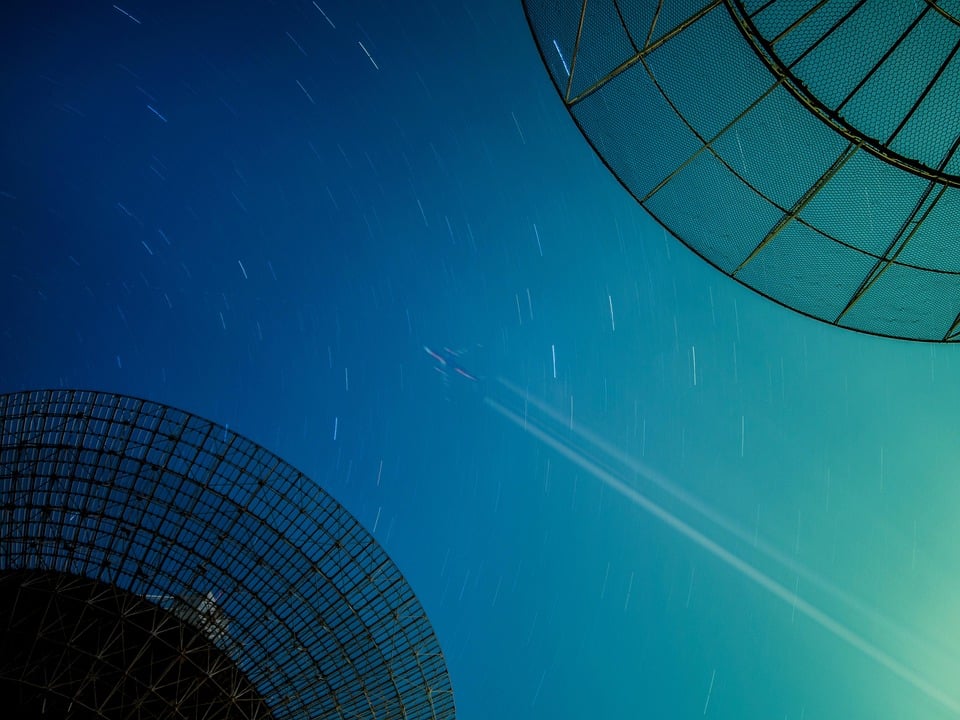
Recreating artificial solar eclipses in space may soon provide astronomers with unprecedented insights into the Sun’s inner workings. This innovative approach, spearheaded by a UK-led space mission, aims to accelerate solar research without waiting for natural celestial events visible from Earth.
The initiative, known as the Moon-Enabled Sun Occultation Mission (MESOM), is set to be unveiled at the Royal Astronomical Society’s National Astronomy Meeting 2025 in Durham. It involves using a mini-satellite in conjunction with the Moon’s shadow to capture the most detailed views yet of the Sun’s atmosphere.
Unveiling MESOM’s Ambitious Plan
MESOM proposes a groundbreaking method to study the Sun’s inner solar corona, the innermost layer of its atmosphere, typically observable only during brief total solar eclipses on Earth. Researchers from the Mullard Space Science Laboratory at University College London (UCL), Aberystwyth University, and the Surrey Space Centre are presenting this bold concept.
If approved, MESOM could operate for two years, simulating up to 80 Earth-based eclipses—a milestone that could significantly advance solar science and provide crucial insights into the origins of space weather. The mission would position a small satellite in a unique orbit, aligning with the Moon’s shadow approximately every 29.6 days, the duration of a synodic month.
Simulating Eclipses in Space
These alignments would replicate the effects of total eclipses, allowing observations in space for up to 48 minutes—ten times longer than typical terrestrial eclipses. Crucially, the satellite would gather data without atmospheric interference, offering a clearer view of the Sun’s corona.
Dr. Nicola Baresi, a co-investigator from the Surrey Space Centre, explained,
“MESOM capitalizes on the chaotic dynamics of the Sun-Earth-Moon system to reproduce total solar eclipse conditions in space while using the Moon as a natural occulter.”
The mission’s goal is to explore the corona’s innermost region, which holds vital clues about space weather, solar storms, and coronal heating—areas that remain poorly understood due to their fleeting visibility during natural eclipses.
Technological Innovations and Scientific Goals
Thanks to its innovative orbital configuration, MESOM would effectively experience a total solar eclipse every synodic month as it passes through the apex of the Moon’s umbral cone. This would allow it to observe closer to the Sun than ever before. For comparison, the European Space Agency’s (ESA) existing Proba-3 mission observes the corona from approximately 1.1 solar radii (765,000 km), whereas MESOM aims to reach below 1.02 solar radii (710,000 km), getting 56,000 km closer to the Sun.
The satellite would be equipped with a suite of instruments, including a high-resolution coronal imager led by the US Naval Research Laboratory, a corona mass spectrometer developed by Aberystwyth University and Mullard Space Science Laboratory UCL, and a spectropolarimeter from the Spanish Space Solar Physics Consortium (S3PC) to study the Sun’s magnetic field and phenomena like sunspots and flares.
Dr. Baresi highlighted the mission’s potential, stating,
“When the Sun is near the orbital plane of the Moon, we can experience total eclipses as long as 48 minutes, which would enable unprecedented and prolonged measurements of physical processes from which adverse space weather events, namely solar flares and coronal mass ejections, may originate.”
Looking Ahead: Approval and Launch Prospects
The MESOM team submitted their proposal to ESA’s F-class mission call in May 2025, with a decision expected later this year. If selected, the mission could launch between 2026 and 2028. F-class missions are designed to be smaller, faster, and more cost-effective than ESA’s larger “M-class” missions, with a budget ceiling of €205 million (£175 million) and a development timeline of less than eight years from selection to launch.
This development follows a growing interest in understanding space weather and its potential impact on Earth. As researchers await ESA’s decision, the scientific community remains hopeful that MESOM will pave the way for groundbreaking discoveries about our closest star.







